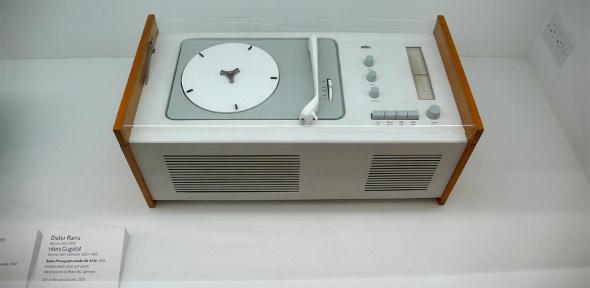
A paper by Nathan Crilly, James Moultrie and John Clarkson from the Department's Engineering Design Centre (EDC) is officially the most downloaded paper from the journal Design Studies' website over the last seven years. This achievement is particularly impressive as other articles in the rankings were published much earlier than the 2004 paper.
"Seeing things: consumer response to the visual domain in product design" discusses the ways in which product design can influence consumers. Despite a wide variety of literature on this subject, there lacked a coherent and comprehensive review of research in the field. The three authors highlighted three particular concerns:
- Researchers were presenting old concepts with new language, and as such were continually re-inventing the wheel
- Little-known or recent texts offering significant contributions to the field were not receiving wide recognition
- There was no general theoretical framework on consumer response to visual product design.
It is these key issues which the Design Studies paper addresses and the download figures confirm how crucial this work has been to the field.
The paper outlines the various factors which influence how and why we respond to visual product design. This process is defined as "communication through design" and encompasses the following:
- Aesthetic impression (how pleasing the process of regarding the product is)
- Semantic interpretation (what the product appears to communicate about itself)
- Symbolic association (what the product appears to symbolise about its user)
- Aesthetic, semantic and symbolic interaction (how these factors interact to create a consumer response)
- Visual references (existing forms or artefacts which consumers associate with the design)
- Moderating influences (other factors such as product quality and distractions in the environment)
The paper raises implications for further research, suggesting that it would be useful to assess whether designers are conscious of the theoretical concepts outlined above and what processes and checks are used to ensure that the visual objectives in the design have been met. The authors have recently completed a follow-up article that addresses these research questions.

